Renovation bid - too high?
dreamojean
11 years ago
Related Stories

BUDGETING YOUR PROJECTConstruction Contracts: What to Know About Estimates vs. Bids
Understanding how contractors bill for services can help you keep costs down and your project on track
Full Story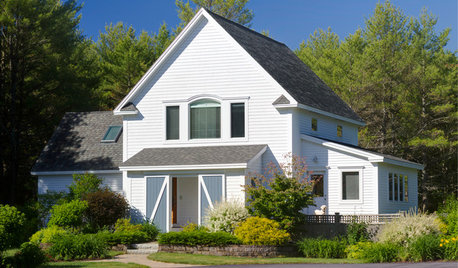
MOVINGTips for Winning a Bidding War in a Hot Home Market
Cash isn’t always king in a bidding war. Get the home you want without blowing your budget, using these Realtor-tested strategies
Full Story
GARDENING AND LANDSCAPINGBid Bad Garden Bugs Goodbye and Usher In the Good
Give ants their marching orders and send mosquitoes moseying, while creating a garden that draws pollinators and helpful eaters
Full Story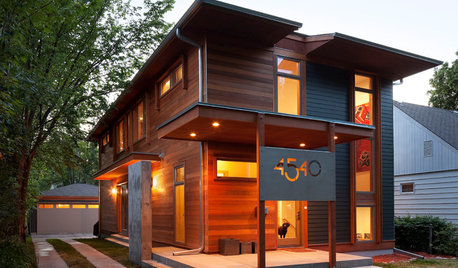
INSIDE HOUZZData Watch: Confidence in the Renovation Industry High but Softening
The Q2 2016 Houzz Renovation Barometer indicates builders and remodelers are feeling good about the industry, designers slightly less so
Full Story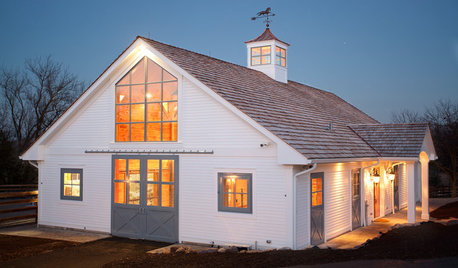
INSIDE HOUZZData Watch: Home Renovation Industry Confidence Remains High
The majority of home remodeling pros have seen gains in 2015 over last year. Hiring is a challenge in some areas
Full Story
MY HOUZZMy Houzz: Renovation Brings Energy Efficiency to a Netherlands Home
A family of 5 tackles a potentially large gas and electric bill in a 19th-century house
Full Story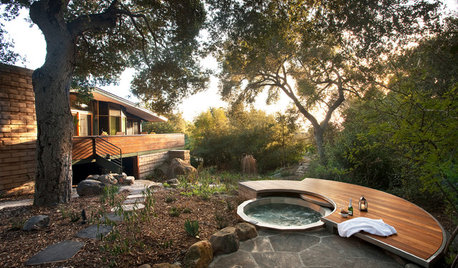
INSIDE HOUZZData Watch: Houzz Renovation Barometer Shows a Return to Normal
The majority of home renovation professionals report that business activity has returned to pre-recession levels, though challenges remain
Full Story
LIVING ROOMSRoom of the Day: High Eclectic Style in a Luxe Sitting Room
Rich textures and contemporary art make this swank sitting room both restful and invigorating
Full Story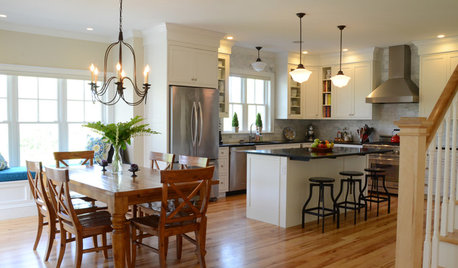
BUDGETING YOUR PROJECTHouzz Call: What Did Your Kitchen Renovation Teach You About Budgeting?
Cost is often the biggest shocker in a home renovation project. Share your wisdom to help your fellow Houzzers
Full Story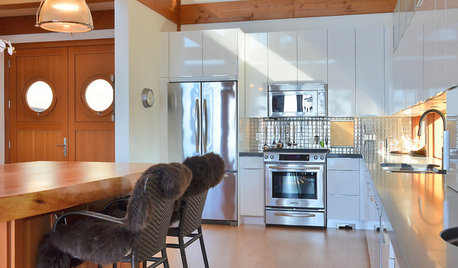
REMODELING GUIDES6 Must-Know Lessons From a Serial Renovator
Get your remodel right the first time, with this insight from an architect who's been there too many times to count
Full StoryMore Discussions






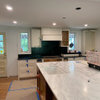
nycbluedevil
new_2_nj
Related Professionals
Buffalo Kitchen & Bathroom Designers · Ocala Kitchen & Bathroom Designers · Pleasanton Kitchen & Bathroom Designers · Cherry Hill Kitchen & Bathroom Designers · Fair Oaks Kitchen & Bathroom Remodelers · Fort Myers Kitchen & Bathroom Remodelers · Glendale Kitchen & Bathroom Remodelers · Kendale Lakes Kitchen & Bathroom Remodelers · Lynn Haven Kitchen & Bathroom Remodelers · Omaha Kitchen & Bathroom Remodelers · Toms River Kitchen & Bathroom Remodelers · York Kitchen & Bathroom Remodelers · Beaumont Cabinets & Cabinetry · Gladstone Tile and Stone Contractors · Riverdale Design-Build FirmsVertise
liriodendron
scrappy25
dreamojeanOriginal Author